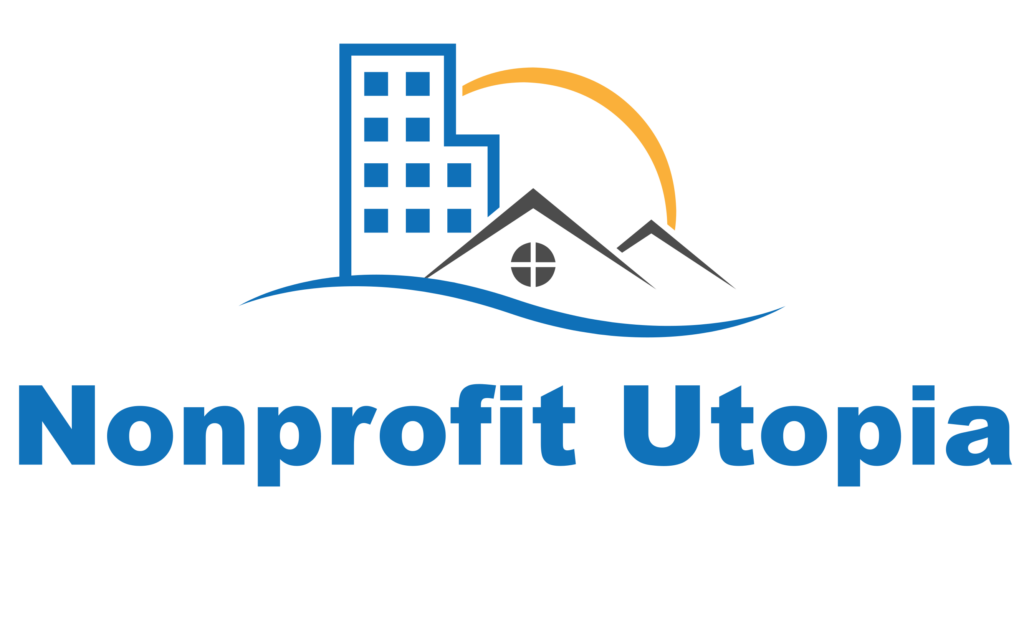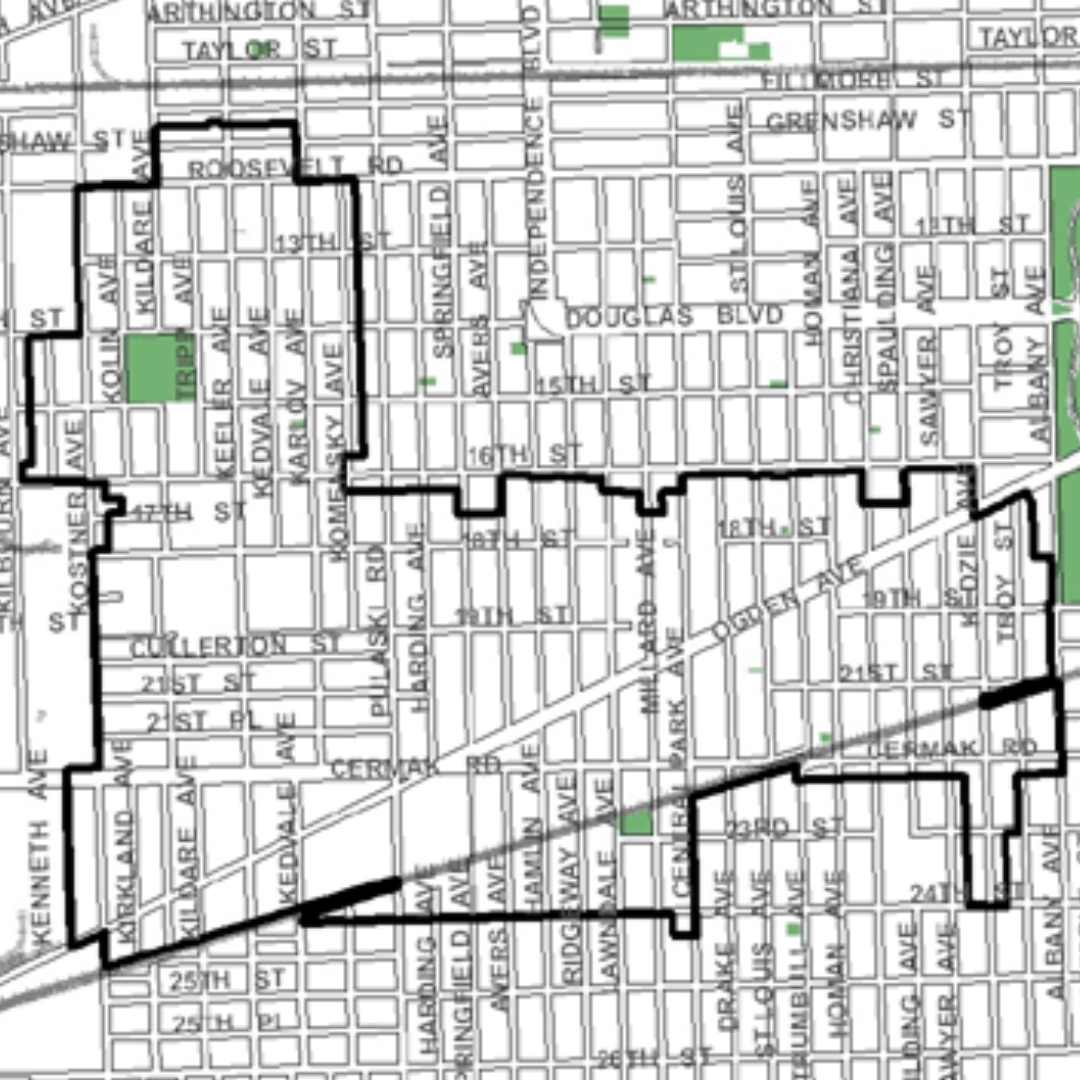Your cart is currently empty!

What is Organizational Capacity, and Why Should You Care?
•
When we speak of capacity, we are generally referring to organization’s potential to marshal their human, financial and other resources to effect positive change in the communities and clients they serve. Organizational capacity is impacted by a number of factors, including leadership, the organization’s stage of development and changes in the environment, to name a few. Organizations engage in capacity building activities in order to increase their effectiveness in serving their clients. Such activities include, but are not limited to, hiring new employees to meet increased demand for services; strategic planning to position themselves for changes in the environment; training board and staff on their roles and responsibilities, or automating financial systems.
Organizational stakeholders, including board members, management and funders, tend to focus on six major components of organizational capacity: board governance and leadership; financial management; fundraising and resource development; program delivery and impact; human resources and networking and strategic partnerships. Organizational assessments are used to determine the extent to which these components work together to enhance organizational performance.
Who Cares?
Funders
The advent of venture philanthropy has, increasingly, led to an environment in which funders are treating their charitable gifts as investments as opposed to donations with very few strings attached. Funders want to get the biggest bang for their buck”, and they typically apply principles from venture capital finance and business management to achieve very specific goals and outcomes that are easily measured.
Funders may use assessment tools to assess organization’s core capabilities; decide whether or not to fund organizations or to determine what types of capacity building is necessary to move the organization towards long-term sustainability.
Board Members
In addition to their fiduciary duties of loyalty and care to the organization, board members are responsible for guiding the strategic direction and monitoring the organization to ensure that the organization meets its mission, goals and objectives in a manner that that is impactful to the community.
Board members may use assessment tools to lay the groundwork for program evaluation; to identify strengths and weaknesses of the organization in preparation for board recruitment, strategic planning or a board retreat.
Management and Staff
Management and staff are responsible for the day to day operations of the organization and program implementation. They have their fingers on the pulse the organization, and have a vested interest in ensuring that there are systems in place to allow them to maximize productivity and deliver services in the most cost effective, efficient manner possible.
Management and staff may use assessment tools to lay the groundwork for program development and evaluation planning; to help establish benchmarks for day to day operations and programs; identify areas for future staff training and professional development to prepare for a strategic planning process or staff retreat.
The Take-Away
Nonprofits should have a well-documented track record in developing programs that have a meaningful impact upon the community and the clients served; the ability to exercise good stewardship over financial and human resources; the ability to manage relationships among various community constituencies; and the ability to respond to change. Those organizations that make the investment in building organizational capacity are more likely to be in a position to sustain themselves over the long term. How would you assess your organization’s capacity?
About the Author

Valerie F. Leonard is the founder of Nonprofit Utopia, LLC, the ideal community for leaders who want to start, manage and scale nonprofits. She has more than 20 years’ experience starting, managing and growing nonprofits as a financial analyst for a major hospital medical system, a founding executive director of a neighborhood grant making organization and consultant. Read more here.



